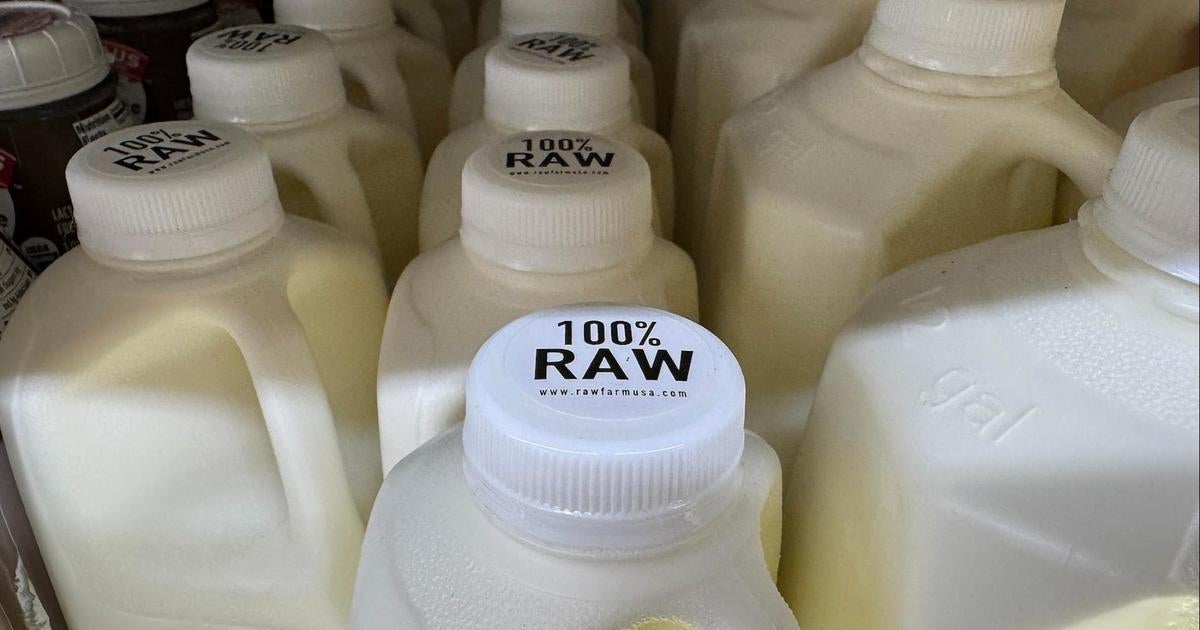Raw Milk: The Dangerous Health Trend Millennials Can't Stop Drinking

Raw Milk: Separating Fact from Fiction
In the world of nutrition trends, raw milk has emerged as a darling of health enthusiasts, promising a more "natural" and nutrient-rich alternative to pasteurized milk. But is this creamy beverage truly the health elixir its proponents claim, or are there hidden risks lurking beneath its unprocessed surface?
Advocates argue that raw milk is packed with beneficial enzymes and probiotics that are destroyed during pasteurization. They paint a picture of a pure, unadulterated drink straight from the farm, untouched by modern processing. However, scientific evidence tells a more complex story.
The reality is that raw milk can be a breeding ground for dangerous pathogens like E. coli, Salmonella, and Listeria. These harmful bacteria can cause serious foodborne illnesses, particularly threatening to children, pregnant women, and individuals with weakened immune systems. While pasteurization might sound like an industrial process, it's actually a critical safety step that eliminates these potential health risks.
Nutritionally, studies have shown little difference between raw and pasteurized milk. The key nutrients – calcium, protein, and vitamins – remain largely unchanged by the pasteurization process. What does change is the safety profile, with pasteurized milk offering a significantly lower risk of contamination.
Health experts and organizations like the CDC consistently warn against consuming raw milk. The potential momentary benefits simply cannot outweigh the very real risks of severe illness.
For those seeking a more natural approach to dairy, consider sourcing milk from local, responsible farms that prioritize animal welfare and milk quality. But always ensure it's been properly pasteurized – your health depends on it.

